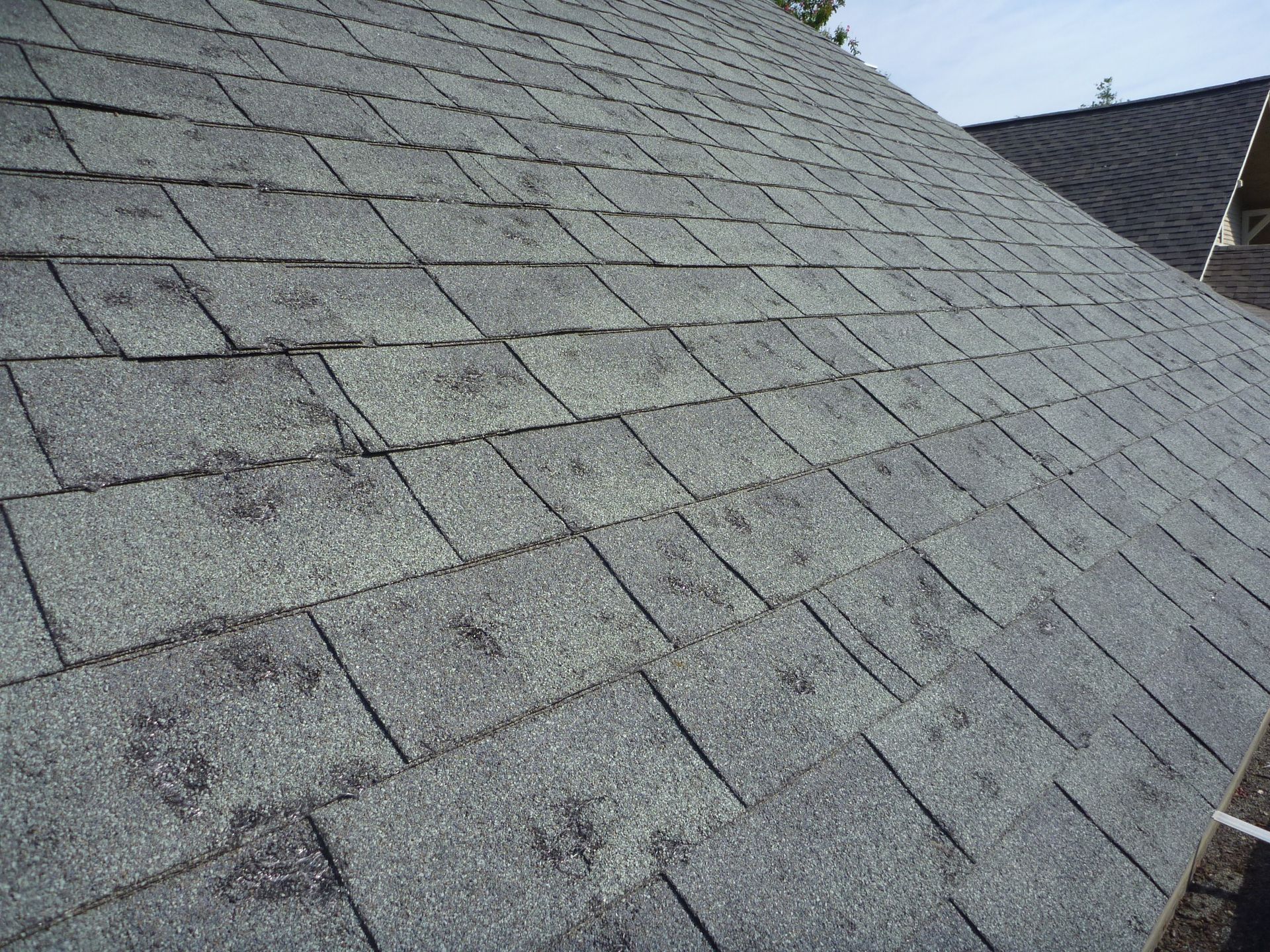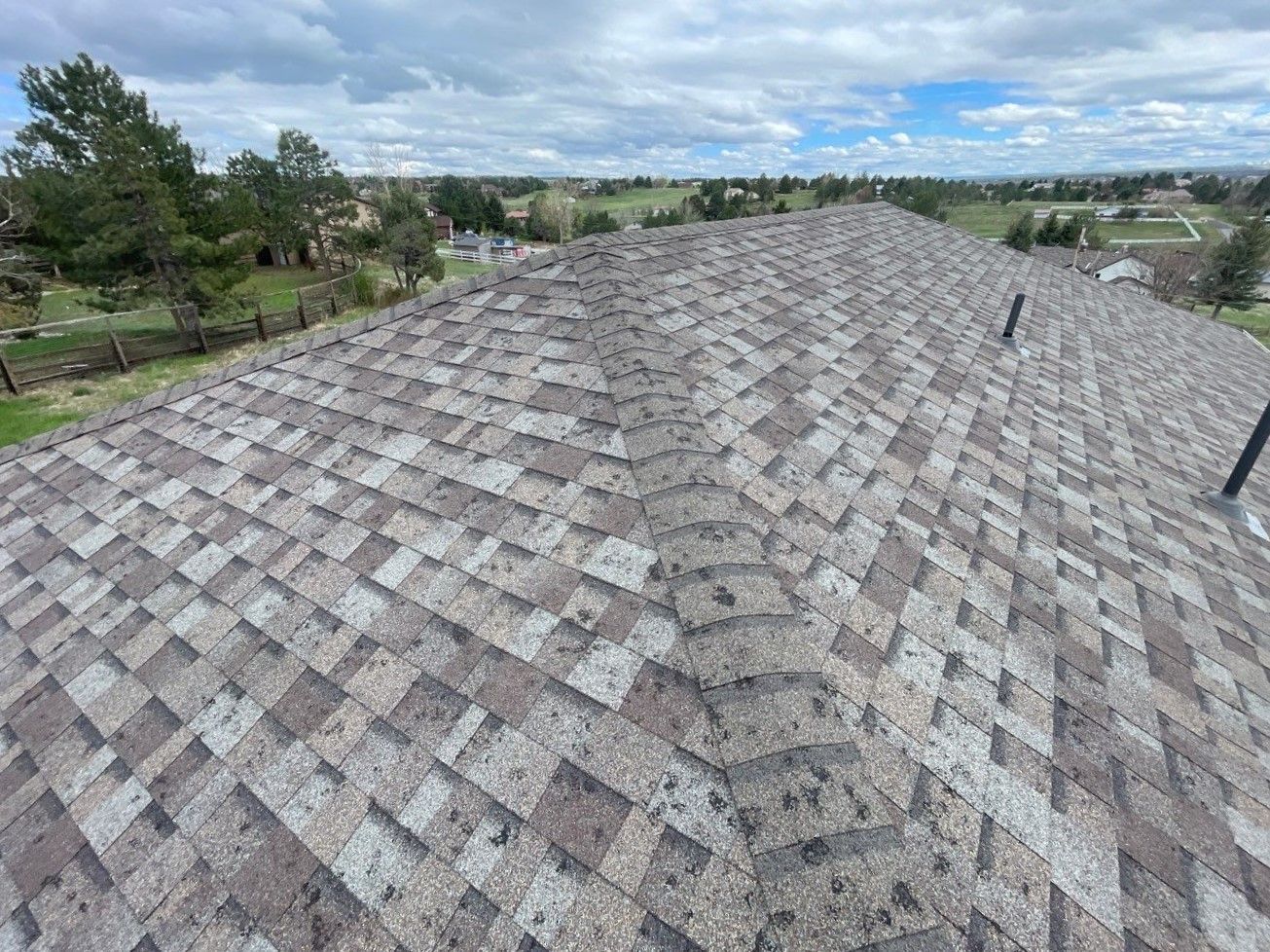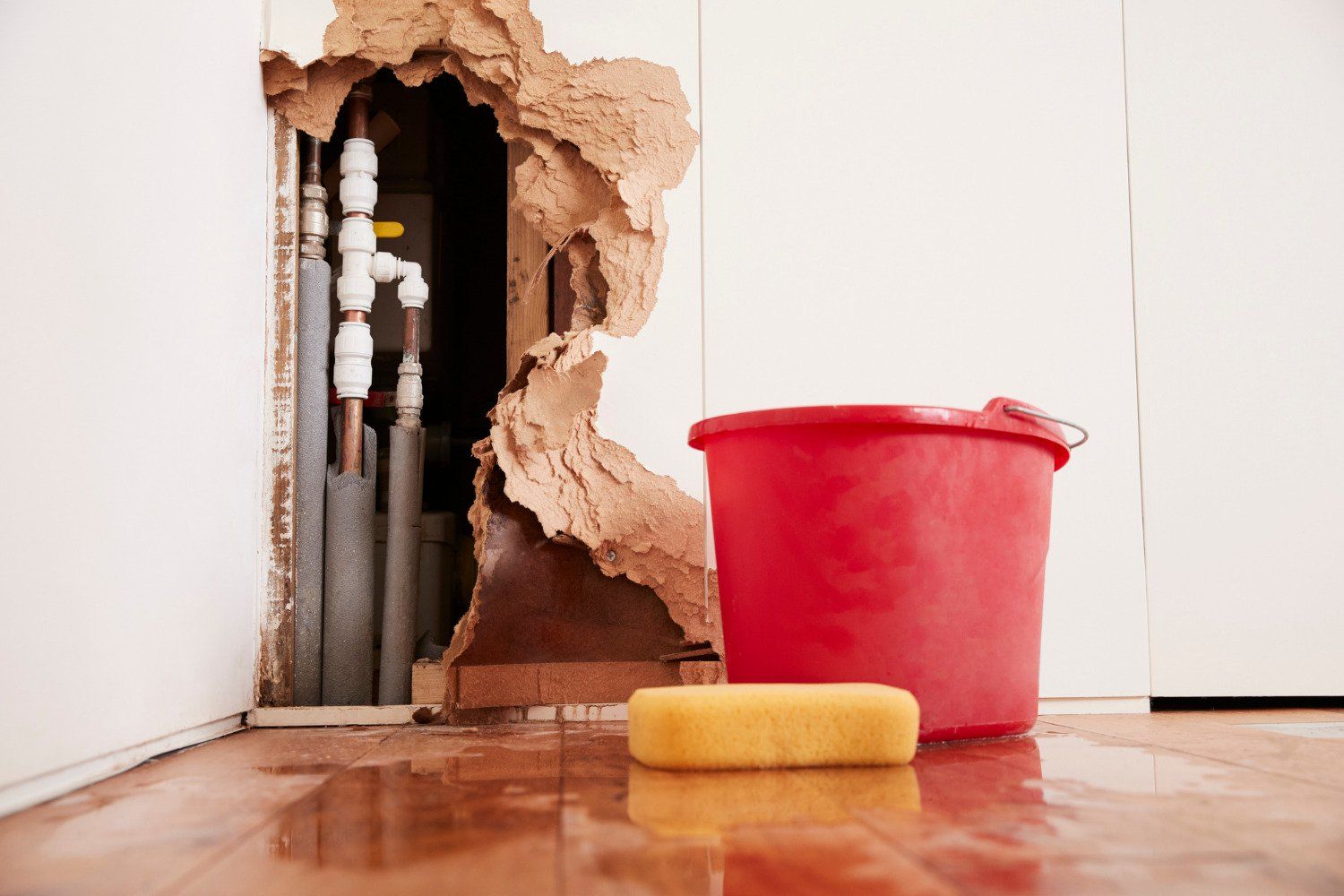Hail Damage Roof
Hail Damaged Roof!

**Understanding Hail Damage to Your Roof: What You Need to Know**
As a homeowner, the last thing you want to experience is hail damage to your roof. Unfortunately, it’s a reality many homeowners face, especially during stormy seasons. Hail can cause significant damage to your roof, leading to costly repairs if not addressed quickly. In this blog post, we’ll explain what hail damage is, how it affects your roof, and what you can do to protect your home.
### What is Hail Damage?
Hail damage occurs when ice balls, or hailstones, fall from the sky during severe weather. Hailstones vary in size, ranging from small pellets to golf ball-sized chunks of ice. When they hit your roof, they can create dents, cracks, or punctures in roofing materials, leaving your roof vulnerable to leaks and further damage.
Depending on the size and intensity of the hail, the damage can range from minor cosmetic issues to more serious structural problems. That’s why it's essential to assess the damage as soon as possible and take action to prevent further deterioration.
### How Hail Damages Your Roof
Hail damage can affect different types of roofing materials in various ways. Here's how hail impacts common roof materials:
- **Asphalt Shingles:** Hailstones can cause bruising or granule loss on asphalt shingles, weakening their ability to protect your home from the elements. The loss of granules reduces the lifespan of your shingles and can lead to leaks.
- **Wood Shingles and Shake:** Hail can cause cracks or breaks in wooden roofing materials, which are prone to splitting under impact. Even small hailstones can cause noticeable damage to wood shingles.
- **Metal Roofing:** While metal roofs are more durable, they are not immune to hail damage. Hailstones can leave dents, which may not necessarily affect the roof’s functionality but can be an eyesore.
- **Tile Roofing:** Hail can crack or chip ceramic or concrete tiles, which may compromise their ability to shed water effectively and lead to leaks.
### Signs of Hail Damage to Look For
After a storm, it’s important to inspect your roof for any signs of damage. Here are some common indicators:
1. **Granule Loss (Asphalt Shingles):** Look for black granules in your gutters or around your yard. This could be a sign of hail damage to your shingles.
2. **Dents and Dings:** Check for visible dents on the surface of your roof, particularly on metal or asphalt shingles.
3. **Cracks and Splits:** Inspect shingles for cracks, chips, or breaks, especially if you have wood or tile roofing materials.
4. **Water Leaks:** If you notice water stains on your ceiling or walls, it may be a sign that hail has caused a breach in your roof’s protective layer.
5. **Debris on the Roof:** Large pieces of hail can sometimes break off and leave debris on your roof. If you see this, it’s important to investigate further.
### Why You Should Address Hail Damage Immediately
Even though hail damage may not always be immediately visible, it can cause long-term issues if left unaddressed. Small cracks and granule loss can lead to bigger problems, such as water leaks, mold growth, and structural damage to your home. If your roof is compromised, you could be looking at expensive repairs or even roof replacement down the road.
Addressing hail damage quickly can prevent further deterioration and help preserve the integrity of your roof. Moreover, most homeowner’s insurance policies cover hail damage, so timely repairs can help you avoid costly out-of-pocket expenses.
### Steps to Take After Hail Storms
1. **Don’t Climb on the Roof:** After a hailstorm, it’s essential to stay safe. Don’t attempt to climb onto your roof without proper equipment or training. It’s always best to call a professional roofing contractor to perform a thorough inspection.
2. **Check for Exterior Damage:** Walk around your home and inspect your roof from the ground. Look for missing shingles, dents, or visible cracks on the surface.
3. **File an Insurance Claim:** If you suspect hail damage, contact your insurance company. They can send an adjuster to assess the damage and help guide you through the claims process.
4. **Contact a Professional Roofing Contractor:** A certified roofing contractor can provide a detailed inspection and assess the extent of the hail damage. They can also help with repairs or roof replacement if necessary.
### How to Prevent Hail Damage in the Future
While it’s impossible to prevent hailstorms, there are steps you can take to reduce the likelihood of severe damage:
- **Consider Upgrading Your Roof:** If you live in an area prone to hailstorms, consider upgrading your roof to more hail-resistant materials, such as impact-resistant shingles or metal roofing.
- **Install Roof Protection:** Roof shields or hail guards can add an extra layer of protection to your roof, helping minimize the impact of hailstones.
- **Regular Roof Maintenance:** Regular inspections and maintenance can help detect early signs of wear and tear, allowing for repairs before hailstorms hit.
### Conclusion
Hail damage is a serious concern for homeowners, but with timely action, it’s possible to minimize the impact and prevent further damage. Always be proactive after a hailstorm by inspecting your roof, contacting your insurance provider, and seeking professional help from a reliable roofing contractor. By staying vigilant, you can ensure your roof stays in top condition for years to come.
If you suspect hail damage to your roof, contact us today for a free inspection. Our team of experienced roofing professionals is here to help with repairs or replacements to keep your home safe and secure.



